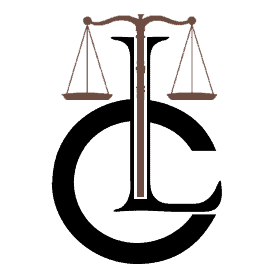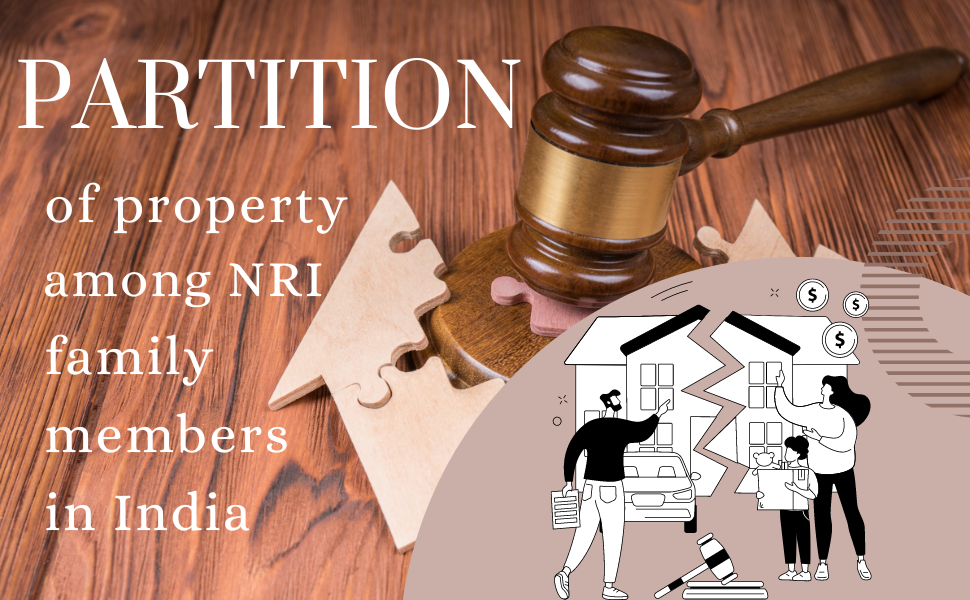Were you in an accident? Are you looking to find out who was at fault?
Car accidents happen every day, and generally, there is no fault. In less dramatic circumstances, there is no dispute. The parties agree on who is at fault and will take the case to court. But what happens when people disagree on who is at fault?
To determine fault, we'll go over a legal guide to car accidents and go into more detail on determining fault.
Read on to learn some of the legal factors determining car accident faults.
Understanding the Laws of Each State
Determining car accident fault varies from state to state, making it essential to understand the laws in your state. Generally, proving fault is based on negligence, so if one of the drivers was negligent, that driver is likely responsible for the accident. For example, if one of the drivers was speeding or ran a stop sign, that driver is probably responsible for the accident.
Additionally, every state has contributory negligence laws. It means if one of the drivers was partially at fault for the accident, that driver could not recover from the other driver. It is why understanding the laws in your respective state is so important.
Evaluating the Role of Negligence
Determining car accidents is an integral part of the legal system. In determining fault, courts must evaluate the role of negligence in car accidents. Negligence is the failure to use reasonable care, resulting in harm or injury.
Factors such as speeding, driving while intoxicated, failing to obey traffic signals, or any other hazardous behavior can indicate negligence. Negligence may also attribute to a party for failing to detect or respond to a dangerous situation.
If a driver is considered negligent, they may be held liable for the accident. They may be responsible for any physical injury, property damage, or financial losses resulting from the accident.
Aligning Fault with Insurance Coverage
When it comes to proving fault in a car accident, most states employ a "comparative fault" system. This system assigns a degree of fault percentage to each person involved in the accident. If it is determined that one party is more than 50% at fault, it cannot recover damages from any other parties or their insurance companies.
With no clear-cut answer of who is liable in the accident, it can be hard to determine fault and who is responsible for the damages. Therefore, it is essential to understand a few legal basics of determining car accident faults. A car accident insurance claim denied would mean consultation with a legal guide to examine the evidence and your case.
Your legal guide will look at crucial evidence, including accident reports and police records, that can help demonstrate that you are not at fault.
Car Accident Fault
Overall, determining who is at a car accident fault is a challenging job. Investigating for evidence and understanding the state's laws are necessary to make a valid conclusion. This guide has given the information needed to make an informed decision on the fault of a car accident.
If you are ever in a car accident and need assistance, contact a local auto accident lawyer to ensure your rights.
If this article has helped you, check out our other blogs!
 Law Credo
Law Credo






